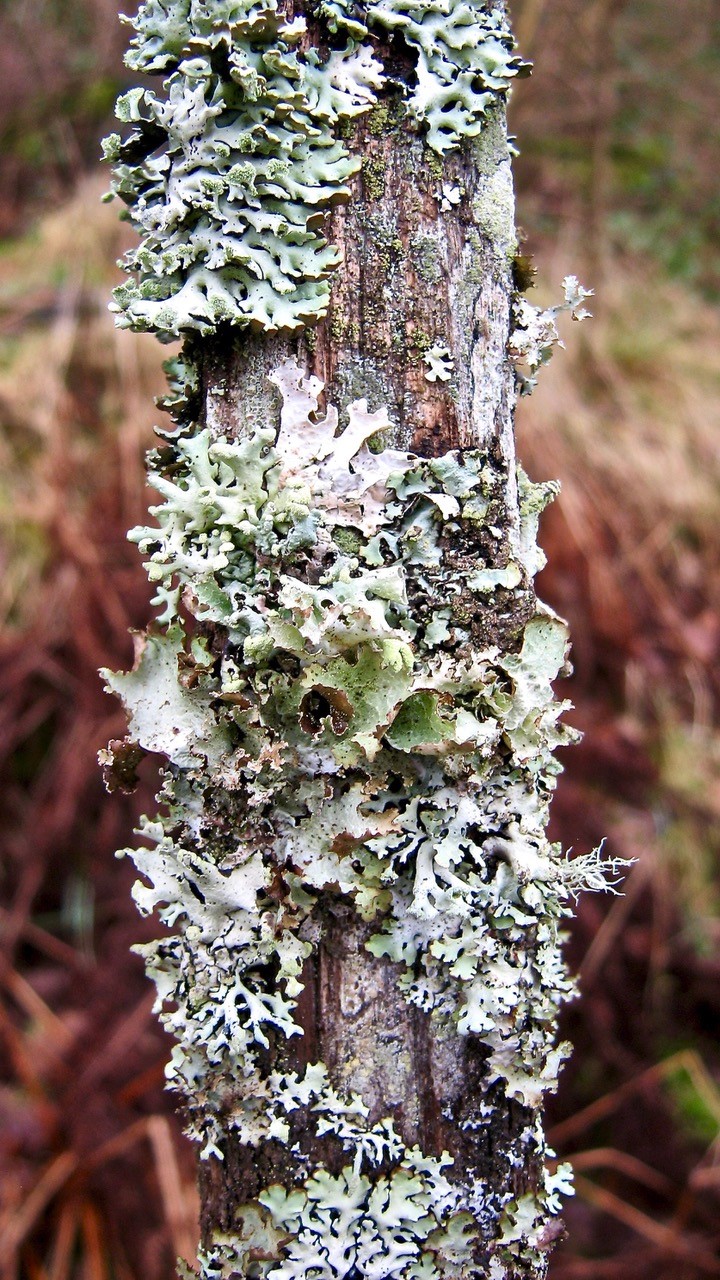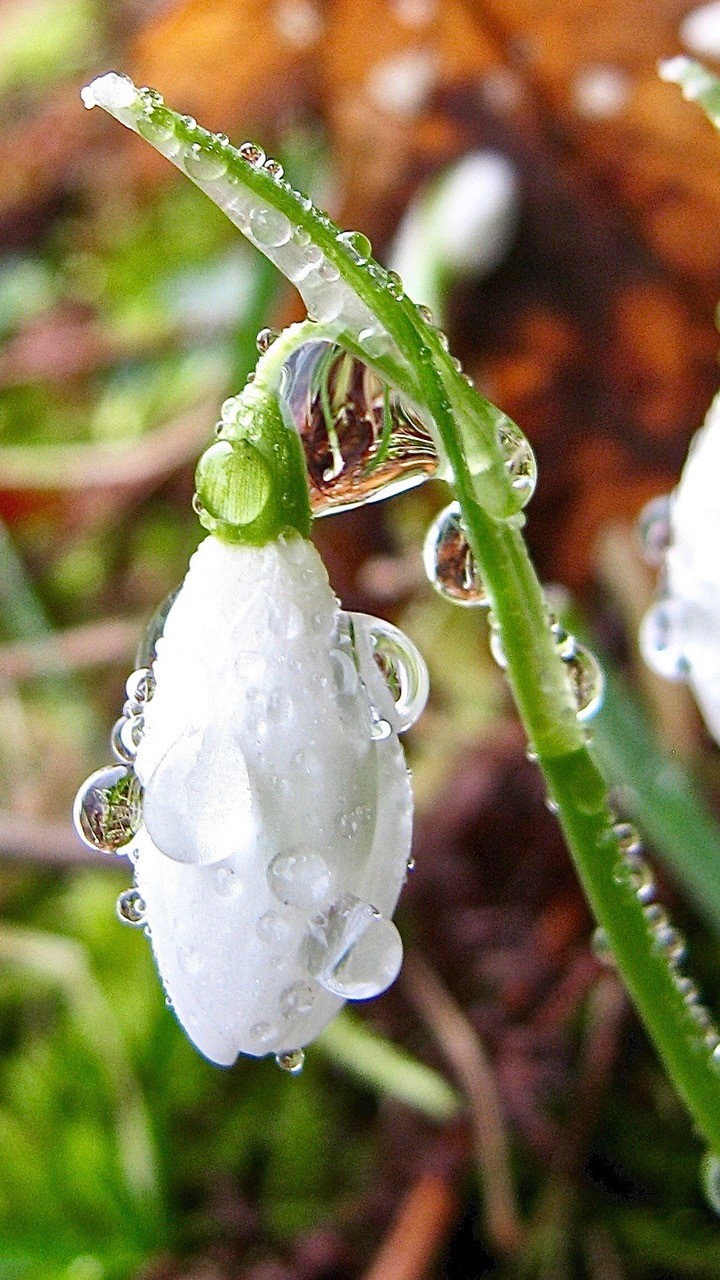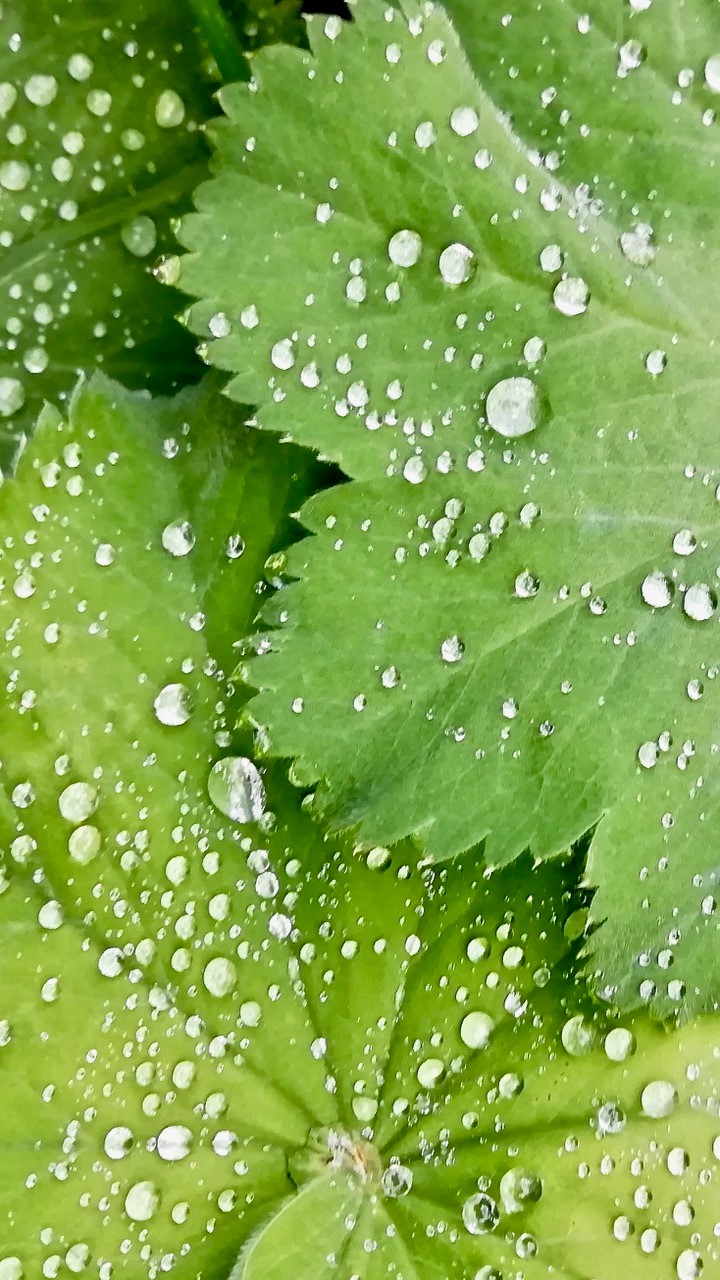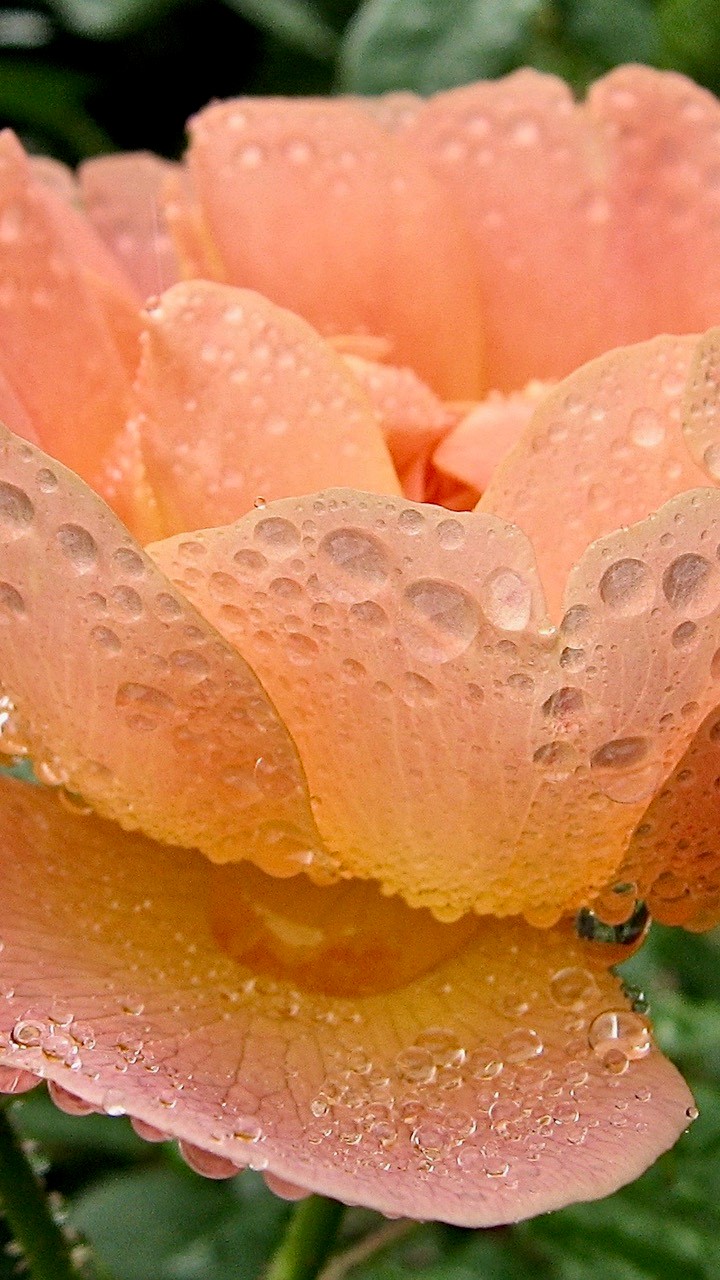Our climate is getting inexorably wetter, but as gardeners we need to learn to think more like our plants. It’s time to start dancing in the rain.
When my gardening dreams and I landed here 18 years ago, on what was a bracken-riddled bank, I had no inkling that I was about to embark on a garden-making adventure amid one of the most unique and rarest natural habitats on earth: temperate rainforest. It is often coined rather more romantically as Atlantic or Celtic rainforest; in the UK, North and West Wales share their rainforest moniker with Cornwall, Cumbria, Devon, parts of Northern Ireland and the west coast of Scotland.

I guess the lichens, which seem to drip from the trees here (they actually cling on like hell, dislodged only during gales) were a clue. Now, in the clean, humid air, they adorn the garden’s sweet chestnut paling fence. Thick, lush carpets of mosses and liverworts in the nearby woods, together with fungi big and small, were another clue, and spring’s burst of fresh green fern fronds another. The garden’s occasional immersion in magical morning mist is yet another. And I soon experienced the biggest clue of all: face-slapping, skin-soaking, hole-in-your-wellies-finding and spring-popping rain. Lots and lots of rain.
It’s pouring down now – rain-laden Storm Christoph is going full pelt – and it’s going to rain even more frequently, with increasingly volatile force, as our tempestuous, climate-altered future unfolds; 2020 was (provisionally) the sixth wettest year since records began in the UK, and the Met Office expects the trend to continue.

I’m not sure it’s possible to really know rain unless you live where the temperate rainforest once held ecological sway (only a few echoing fragments currently exist). But when you garden here, you get to know rain intimately. It can make your cheeks sting, or gently caress them. It can fill your water butt in an hour, or a day. It can soak down into the soil in minutes, or take an age (even rainforests have drier spells, including droughts). It sometimes falls to earth frozen – or in cahoots with sleet or hail. It touches all of our senses; we can see, hear, smell, taste and feel it. When you garden in one of the wettest parts of the UK, there’s only one thing you can do about rain: learn to start lovin’ it.
Rain doesn’t just make plants grow, it makes our everyday gardening easier, too. Right now, after Christoph’s drenching, my greenhouse’s glass couldn’t be easier to get clean. Grabbing a mop during a downpour is a midwinter delight; it’s always relatively mild during rain, and the algae – as well as the rainforest mosses and chancer lichens – come away like a dream. In a proper deluge, there’s the added extra of not needing to rinse the glass down.

If I need to wash some pots – or anything else – leaving them out for a soaking makes short shrift of dirt; our North Waleian winter deluges are famed for being able to cleanse terracotta pots that are simply left outside. Rain is a fine compost-making ally, too. Cardboard accumulated during these locked-up-at-home months can be left out in the rain (strip off plastic tape and labels first). Once sodden, it can easily be torn up and added to your compost heap or bin (ditto with non-shiny card food packaging).
If you’re into making big and hot summertime compost heaps, mixing together your ‘greens’ and ‘browns’ while raindrops keep falling on your head helps to get your heaps off to a steaming start. If you want to banish weeds under a thick, light-blocking ‘sheet’ mulch, lay several layers of dry cardboard over the ground and then anchor it in place with organic materials. The best time to lay it? Just before a spell of heavy, settling rain.
Topping up is what rain excels at, be it a water butt or a garden pond; rain falls with zero ecological footprint – and there’s no metering in sight. Come March, it’ll be time to connect the downpipe from the roof gutters back into my big water tank, and then wait for the sound of that first trickle – an audible signal that spring has truly taken off. A few weeks later, a noisy jet of harvested rain will fill up my watering can for the first time – a sound that has every gardener – if they’re honest – falling for rain all over again.

We also have rain to thank for sustaining the venues for the noisy spring orgies that will soon fleetingly boil over in our wildlife ponds, as frogs and toads meet to multiply. In summer, captured, chlorine-free rainwater will top up these wild, underwater worlds, ensuring that amphibian offspring have safe passage to froglet- (or toadlet-) hood.
Spring and summer rain bring their own unrivalled delights. How can we not be enthralled by a single raindrop dangling from a snowdrop, or by perfect, glistening orbs dancing over the hirsute leaves of Alchemilla mollis – or rolling off the hairy foliage of Welsh poppies? Is there a more divine sight – or scent – than a summer rose following its caressing by warm, gentle-on-the-petals rain? Is anything more sensuous than a moon-bathed summer garden bursting with night-scented plants, enlivened by the soft patter of unseen raindrops? We might curse rain’s plan-wrecking antics, its lousy timing, or even its infuriating absences, but where would we, or our thirsty gardens, or our rain-defying, sun-parched sanctuaries – our greenhouses – be without it?
I’ve embraced a frequently soggy life here in the Celtic rainforest, and I’m determined to make the best of a fast-altering world where we’ll all be gardenin’ in much more rain. If I learn to start lovin’ it any more, I might just start singin’ in it, too.
Text and images © John Walker
Find John on Twitter @earthFgardener










